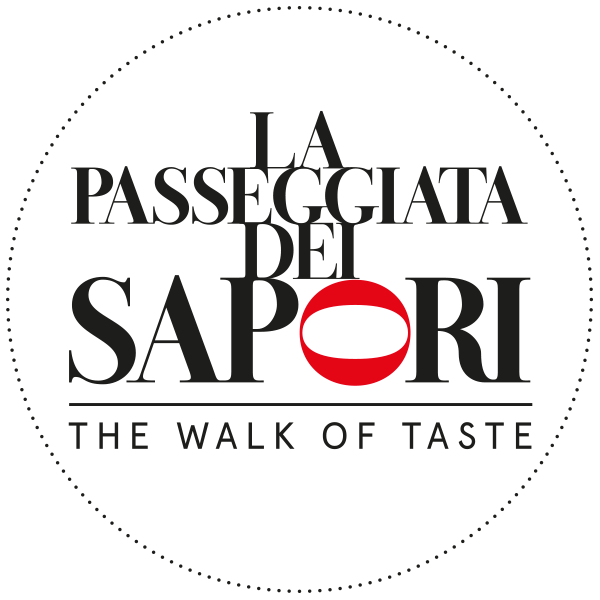Glauco Lombardi Museum
The Museum grew out of Glauco Lombardi’s very rich private collection, to which over time were added many acquisitions and donations related to the time and its two protagonists: Napoleon Bonaparte and Maria Luigia of Habsburg, the Archduchess of Austria who became his wife in 1810, and was later made Duchess of Parma, Piacenza and Guastalla, where she reigned for over thirty years, leaving an indelible trace in the land and in the memory of Parmesan people.
The rooms of the Museum, housed in the historic Palazzo di Riserva, offer a journey back to the first Bourbon era and the French Imperial period, with a wealth of evidence that includes the official portraits of the court painters (Lefèvre, Prud’hon, Gérard), fine glass and porcelain, the swords wielded by Napoleon, the delicate letters sent by the Emperor to the young bride, the corbeille de mariage, and the sophisticated piece of furniture containing Maria Luigia’s dowry, of which a magnificent silver-embroidered ball gown remains.
The museum presents the story of the former Empress who, finding herself at the head of a small state which she herself described as “a true garden”, devoted herself to improving it with monuments and public works – many still in existence – which are remembered in the Museum through paintings, medals, and works by artists from the prestigious local Academy of Fine Arts, the most illustrious of whom was Paolo Toschi, recognized in his time as the best engraver in Europe.
It is the sovereign’s private life, however, that visitors find most gripping: the objects on display come mostly from her direct descendants, the Sanvitale family that for centuries was among the most prominent ones in the duchy. Albertina Montenuovo, daughter of the Duchess and of General Neipperg, the charming Austrian diplomat who made her forget Napoleon, married Count Luigi Sanvitale. In the Museum visitors get to learn about Maria Luigia’s passions and preferences: diaries, jewellery, her embroideries and watercolours, but also her travelling medicine case and her fishing box. These are just some of the pieces that help put together the multi-faceted personality of a historical figure who found herself at the centre of the main events of her time, which we can follow from a privileged and intense point of view, that is, through the eyes of a duchess.
There is also a more general reference to the history of Parma in other paintings and curios ranging from the 18th century to the second half of the 19th century, when, following the death of Maria Luigia, the duchy entered the decline that in a few years, after another brief period under the Bourbons – who had first looked to France as artistic inspiration and had invited to Parma renowned French artists such as the architect Petitot – would lead to annexation by Piedmont.
At the Duchess’s table
One of the rooms of the Glauco Lombardi Museum, the so-called Golden Room, holds tableware belonging to Maria Luigia of Habsburg, both from the Imperial period, like the lavish centrepiece by Odiot and Thomire and dishes and glasses with the Napoleonic monogram, and from the more subdued ducal period, with French and Austrian objects marked with the sovereign’s initials or coats of arms.
“With the realm of Maria Luigia (1815-1847) the cuisine at the court of the Duchy of Parma reached its apogee. A few lucky coincidences contributed to this: the first was that of having as duchess someone who was the daughter of the Emperor of Austria and the wife of the Emperor of the French. A person of that rank, who had lived in the two principal European Courts, naturally had at her disposal a first-rate kitchen.
The two main periods of Maria Luigia’s life, those of her life with Napoleon from 1810 to 1814, and then with Neipperg until 1829, also correspond roughly with the period of greatest splendour of French cuisine in Europe. Considering furthermore that the Duchess’s kitchen and tableware were rigidly organized along French lines, with French staff holding the key posts, it is easy to envisage the level of the dishes that were served. This professionalism was in stark contrast with the culture of Parma. As far as the rites of power were concerned, it was a positive factor that the duchess lived within her court and ate in a different way from her subjects, as this served to sublimate the image of the sovereign into a superior figure. By the end of the ducal regime, the gap between the court cuisine and the local one was very evident; Parmesan cuisine kept few traces of the French cuisine at court, most of them from the second half of the 18th century, when French culinary practices were widespread both at court and in the town, at least among some aristocrats, hoteliers and inn keepers.”
INFO
Il Museo Lombardi è aperto e attivo tutto l’anno: visite guidate anche tematiche, laboratori per bambini, rievocazioni storiche, convegni, pubblicazioni, e mostre gratuite nelle sale espositive del piano terra.
Appuntamenti fissi sono“Musica al Museo”, una rassegna concertistica incentrata sullo splendido fortepiano della duchessa, che prevede tre concerti in primavera e tre in autunno, e la “Settimana di Maria Luigia” che si svolge a dicembre, fitta di eventi dedicati all’ex imperatrice nel mese della sua nascita.
In occasione delle celebrazioni per il bicentenario dell’ingresso della duchessa a Parma, il Museo Lombardi propone una mostra tematica “Parma 1816: dal ministro Magawly alla duchessa Maria Luigia” (16 aprile-25 settembre 2016), allestita a piano terra e a ingresso libero.
Museo Glauco Lombardi
Maria Luigia e Napoleone: testimonianze
c/o Palazzo di Riserva, strada Garibaldi, 15
43121 Parma
tel. 0521 233727
glaucolombardi@libero.it
www.museolombardi.it
Orari:
martedì-sabato 9.30-16.00
domenica e festivi 9.30-19.00
(domeniche luglio-agosto 9.30-14.00)
Ingresso:
Intero € 5,00
Ridotto € 3,00 (ragazzi 15-17 anni, over 65, soci TCI, soci FAI)
Gratuito per minori di 14 anni
È possibile prenotare visite guidate
